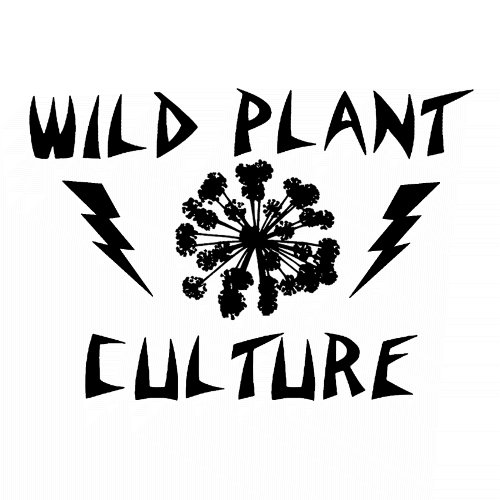Virginia Waterleaf

One of the plants I've been excited to see in our new "neighborhood" near the Musconetcong River is Virginia Waterleaf. It grows so abundantly here, relishing the rich, calcareous soils.
Virginia waterleaf (Hydrophyllum virginianum) is a seldom-discussed native plant that makes a fine groundcover for part shade and shaded areas. It has beautifully patterned leaves which emerge early in spring; attractive flowers in May that support native bees; and it forms a dense, low mass of foliage. It is also edible, both raw and cooked, as a green. Young foliage is best for eating. Luckily, waterleaf puts on new growth at several times in the season, unlike some native woodlanders whose growth is pre-determined the prior season as dormant buds form.
Virginia Waterleaf tends to grow near streams and rivers, sharing rich soils with wood nettle, wild ginger, spikenard, linden and the like. In the Musconetcong's limestone river valley near where we live, it is prolific and even carpets shaded roadsides.
In the Catskills, I see it along the small streams which form rich cloves in deep forests, often sharing turf with foamflower, another showy native groundcover, one better known to native plant gardeners.
We've grown Virginia waterleaf in the nursery for a few years now, and I'm excited to pot this year's seedlings up to quart pots and watch them thrive, so near to their wild kin.

Foliage emerging in early spring

Waterleaf has attractive patterns on its basal leaves, hence the name

Waterleaf as a wild groundcover along an old stone row -- roadside near the Musconetcong River
